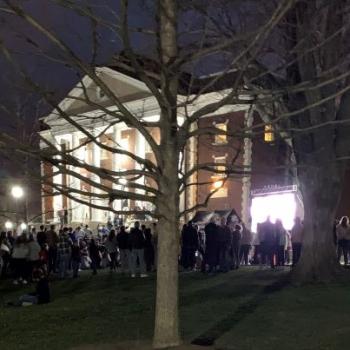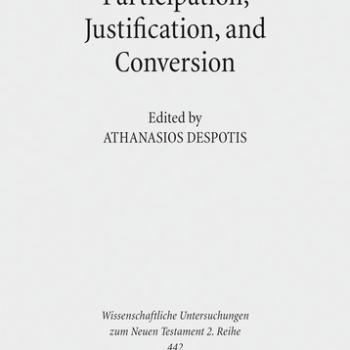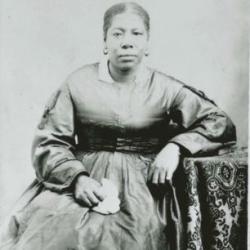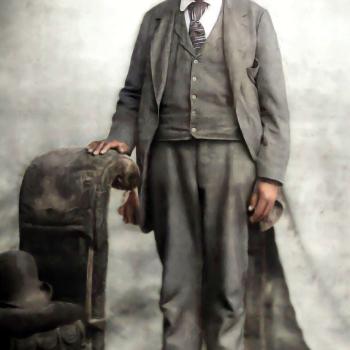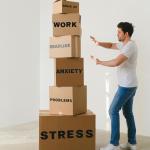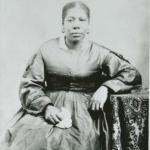
(Image from the BYU website)
Brigham Young University and its sponsor, the Church of Jesus Christ of Latter-day Saints, are taking heavy fire right now for their alleged lack of care for members and students who suffer from mental illness or emotional problems. As I said in an earlier post on this topic, it’s being alleged, in at least some quarters, that the Church (and, therefore, its flagship university) are concerned only about money, not about people, which lack of concern has allegedly led BYU to give only skimpy attention to mental health and counseling resources.
The title of an article in the Salt Lake Tribune about the suicide, this week, of a young BYU coed certainly can be read as adding fuel to that fire:
Here’s a passage from that article:
BYU has 29 counselors and four interns to serve a campus of more than 33,000. According to the most accepted recommendations, that’s hitting the minimum of what a school should have.
Those figures work out, putting both fulltime counselors and interns into the pool, to one counselor per 1000 students. That ratio can be made to sound not only inadequate but, in the right hands, absolutely terrible and callous.
How does it compare to the ratio of mental health support personal in the United States to the general population?
It seems that, in 2011, there were 552,000 mental health professionals practicing in the United States, which, that year, had a total population of approximately 311.6 million. That yields a ratio of approximately one mental health professional for every 565 individuals in America, a figure that is much better — on superficial inspection, anyway — than BYU’s proportion of one counselor to every 1000 students.
However, it’s difficult — for me, at least — to know how to compare apples to apples and oranges to oranges in this matter.
Of those 552,000 mental health professionals across America in 2011, 152,000 were clinical and counseling psychologists. There were 34,400 psychiatrists and 27,300 marriage and family therapists. Mental health and substance abuse social workers numbered 138,700. Mental health counselors were almost as numerous, at 113,300, while substance abuse counselors numbered 86,100.
How do those categories map onto BYU’s Counseling and Psychological Services (CAPS)? Is CAPS involved in all of those areas?
I don’t know.
And, of course, the United States population of 311.6 million in 2011 included all age groups, while BYU’s student population is heavily dominated by the age cohort ranging from, say, 17-30. Which may make things at BYU look worse still.
However . . . BYU’s Counseling and Psychological Services staff isn’t — by far — the only source of mental health assistance in Provo/Orem or Utah Valley or along the Wasatch Front, let alone in the various hometowns from which BYU’s population comes. It’s just one of a number of them. And I’m sure that more than a few students who make use of such services do so off campus, at home, and etc. There are independent providers of mental health support and major hospitals in Utah Valley, as well as the counseling offered by LDS Family Services. Indeed, there is at least one member of the faculty of the BYU Department of Psychology who, I happen to know, offers counseling on a part-time basis and yet who, so far as I’m aware, is not counted among BYU’s staff of fulltime counselors. And, although I realize that many will sniff at this, there is — obviously for less extreme mental/emotional problems — a very extensive network of nonprofessional counseling and sheer human contact in the bishops and ministering brothers and sisters of the Church. It’s relatively difficult to be completely alone as a Latter-day Saint. And those bishops can and do — I did — put people in touch with professional counseling when it seems warranted.
None of this is to say that the current situation can’t be improved — although I don’t know, and I suspect that few if any others know, whether counseling could have prevented this week’s suicide at BYU. (Suicides occur even deep inside mental health facilities, for example.)
Those who seek to exploit this tragic death as a weapon against the Church of Jesus Christ of Latter-day Saints and against Brigham Young University, who want to use it to paint the Church and the University as indifferent to the welfare of members and students, should be aware of the factual context — although I’m not sure that they’ll care. Continuing with the Tribune article:
Others in Utah fare worse.
Neighboring Utah Valley University in Orem has seven counselors and more than 35,000 students. The University of Utah has 14.25 counselors for 33,000 students (about the same population as BYU). Students at Utah State University voted last year to raise student fees to hire another therapist. They now have 8.5 counselors for 16,000 students.
It would be interesting to see what the figures are at other colleges and universities in the United States and Canada.




